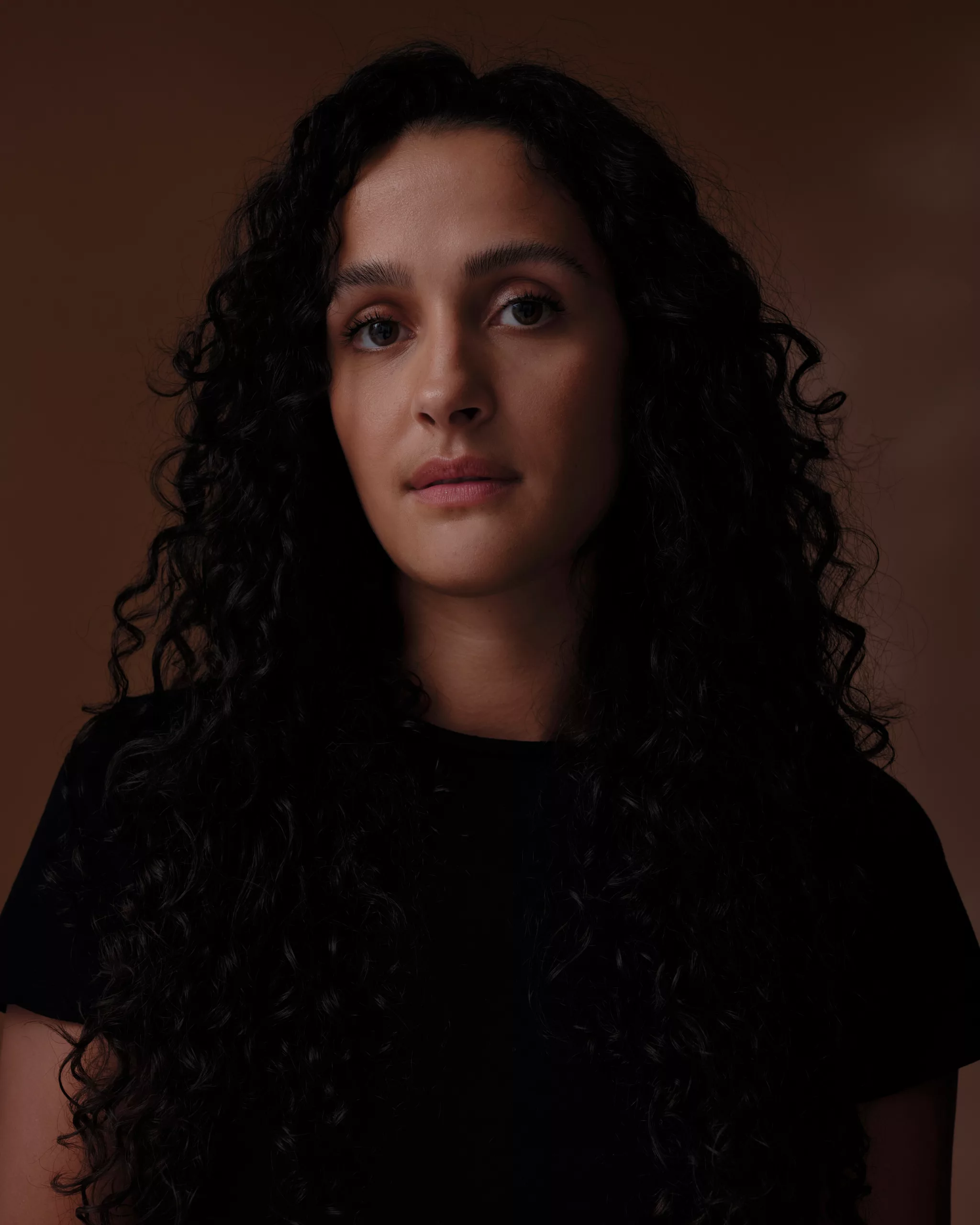Your cart is currently empty!

Discovering Sensuality: Interview with Eric Leong of Sticky Rice Magazine
How do you discover your sensuality when you identify as queer and come from an Asian family where sexual orientation is a taboo subject?
This topic was discussed in an article in the latest issue of Sticky Rice, a webzine that addresses topics surrounding Asian identities in Montreal. The new edition, scheduled for publication on January 20th, focuses on queer Asian representation in 21st century Quebec. In its pages you will find interesting and illuminating stories, penned by various individuals eager to share with you their personal narratives and experiences.
Eric Leong’s piece, Owning your Pleasure: Practices to Embrace your Sensuality, which makes the case for experiencing sensory pleasure through the exploration of the many facets of our bodies, caught our attention. We reached out to the author.

Club Sexu: Your post revolves around discovering our body and what it finds pleasurable. Is this exploration a process that is unique to each person?
ERIC LEONG : Absolutely. Our bodies are all different and respond in unique ways. But I believe that there are universal desires in human beings and that pleasure is one of them. Where individuality comes in, is where each person has their own definition of what gives them pleasure, because we are all complex beings.
This is why it’s important to experiment on your own to really understand what your body finds pleasurable.
CS : In your piece, we learn that you had to repress your sexuality during your teen years, to the point where you were almost convinced that you were asexual. Can you tell us about the consequences of this repression in your personal journey?
EL : I think having repressed my sexuality ultimately made me want to discover my body. As if, in a way, I had to make up for time lost. I didn’t live like a monk, but during my teens and early twenties, a life stage that typically revolves around self-discovery, I really held back.
The sexual energy built up and remained alive even though I was trying my best to smother it. Today, I certainly want to continue to explore. I’m more mature and have had more life experiences, so I have a better understanding of my desires.
CS : Is discovering what gives us pleasure a gradual process?
EL : Yes, it’s a progression. I experimented with many different sexual fetishes and communities. It wasn’t always planned, but I surrendered to these life experiences. Through this process, I found out what was pleasurable to me and I also gradually came to understand why it gave me pleasure.
For example, I first discovered that I liked touching my neck, then having a collar clasped around my neck, then wearing a tight cloth on my body that covered my neck, and finally, having my neck grabbed and choked during a consensual encounter. It’s an evolution.



CS : What connection do you make between empathy and body awareness?
EL : You have to become aware of how to love, feel, and look at your body. It’s still a process that I am discovering; to observe myself as I am, without judgment, and not through the prism of society’s expectations.
Sometimes, I look at myself naked in the mirror and immediately see the things that bother me. But then I let go of those negative thoughts and become aware of my body; I notice my hair, my nose, my face, my shoulders… and I see that I look great.
An important aspect of compassion is self-love. It’s not just in the way you look at yourself, it’s also in the way you experience pleasure and delight.
CS : In general, do you think we are sufficiently compassionate towards ourselves?
EL : Obviously not! People experience a lot of difficulties with their mental health, for example with anxiety, and depression. I can only speak for myself, but I think a lot of these issues have to do with this idea of not measuring up to some perceived standard. Not being up to par with others regarding certain societal standards.
When we think this way, we’re not at all empathetic with ourselves. Instead, we should be telling ourselves: “I AM good enough”.
CS : Let’s talk more generally about the theme addressed in the latest issue of Sticky Rice. In your opinion, is there enough queer-Asian representation in our media and in our culture in general?
EL : Absolutely not, although representation is definitely better now compared to 10 or even 5 years ago. In general, Asian representation is limited to financial success. There is no positive representation in terms of beauty, dating, romantic relationships, or even personal growth as a human being.
Imagine representation as if it were a pie. Cultural and media representations are overwhelmingly white and heteronormative. Only a little bit of this pie is queer. Even though it’s gotten bigger in the past few years, it’s still just a sliver. And within this queer sliver, Asians are even tinier; virtually invisible.







CS : As an Asian and gay person, do you feel like you had to overcome additional hurdles to embrace your sensuality?
EL : Yes! (laughs) Growing up, there wasn’t much affection in my family, and even saying “I love you” was very rare. I had a need that wasn’t being met, but I wasn’t sure what it was.
When I was 18, I went to Brazil for an internship and discovered a completely different culture. People were kissing, hugging, standing close to each other. There was a certain sensuality in touch and I understood that it was important for me.
Fortunately, my Asian identity didn’t inhibit pleasure. Quite the contrary, actually.
There are a multitude of sensual experiences in my culture, especially when it comes to gastronomy and the awakening of the senses through food.
I cook a lot with different types of peppers, spices, and fruits. It’s a complex sensual experience that lights me up and I am grateful that my culture gave me access to it.
CS : Last but not least, what would you say to someone who is having a hard time discovering their sensuality, regardless of their sexual identity or orientation?
EL : Give yourself the chance to feel. Sometimes it’s hard to understand your emotions, but that’s okay. You don’t have to put pressure on yourself. I say this especially to Asian readers: let go and feel things.
All of us are on a path to understand our bodies and their unique complexities. It’s never black and white. Really, it’s through human experiences that we discover and release our sensuality.
-
Dang, A. & Hu, M. (2005). Asian Pacific American lesbian, gay, bisexual and transgender people: A community portrait. A report from New York’s queer Asian Pacific legacy conference, 2004. New York, NY: National Gay and Lesbian Task Force Policy Institute.
De la Garza-Mercer, F. (2007). The evolution of sexual pleasure. Journal of Psychology & Human Sexuality, 18(2-3), 107-124.
Kaestle, C. E. & Allen, K. R. (2011). The role of masturbation in healthy sexual development: Perceptions of young adults. Archives of Sexual Behavior, 40(5), 983-994.
Lindley, L., Anzani, A., Prunas, A., & Galupo, M. P. (2020). Sexual satisfaction in trans masculine and nonbinary individuals: A qualitative investigation. The Journal of Sex Research, 58(2), 222-234,
Meiller, C. & Hargons, C. N. (2019). “It’s happiness and relief and release”: Exploring masturbation among bisexual and queer women. Journal of Counseling Sexology & Sexual Wellness: Research, Practice, and Education, 1(1), 3.
Mitchell, K. (2012). Sexual function, pleasure, and satisfaction. Sexual Health: A Public Health Perspective: A Public Health Perspective, 59.
Ohnishi, H., Ibrahim, F. A., & Grzegorek, J. L. (2007). Intersections of identities: Counseling lesbian, gay, bisexual, and transgender Asian-Americans. Journal of LGBT Issues in Counseling, 1(3), 77-94.
Sykes, H. J. (2011). Queer bodies: Sexualities, genders, & fatness in physical education (Vol. 36). Peter Lang.






